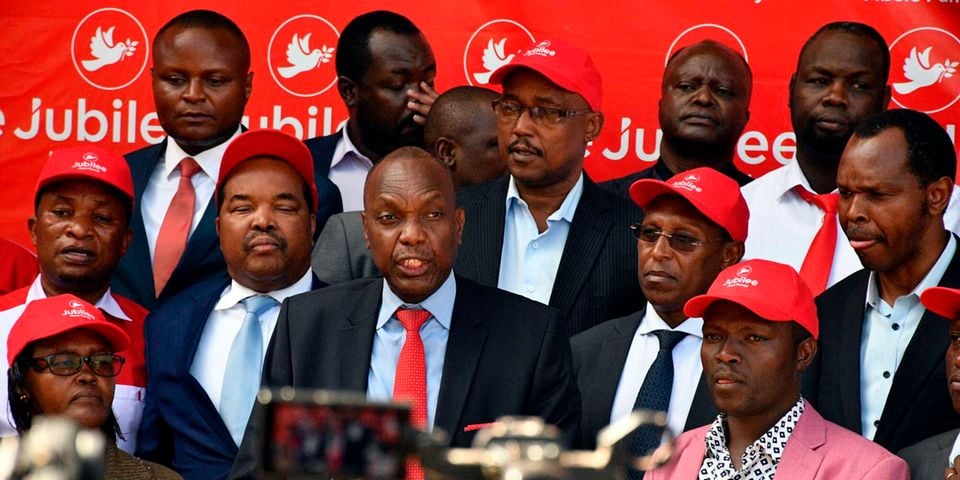Azimio has provided an explanation for why it did not submit the supposed information provided by the whistleblower as part of the proof that Raila Odinga won the August 9 votes in its case to the Supreme Court.
Since it required time to retrieve and analyze the data from IEBC servers, Kioni claims the proof was just made accessible to them in recent days.
He went on to say that a whistleblower can’t prevent wrongdoing but can only report it after the fact.
Kioni stated in an interview on Tuesday, “the time you are meant to file the report in court and the time the judgment is supposed to be rendered by the Supreme Court the time is so small.”
Petitioners in a presidential election must submit their argument and proof to the court no later than seven days after the poll results are published, according the Revised Supreme Court Presidential Election Petition Rules 2017.
A response must be submitted and served within four days of receiving the petition, and the Supreme Court must hear the case and issue a ruling within 14 days of the petition being filed.
“There is no reasonable whistleblower who can provide you anything of value in this amount of time. Something has gone wrong, Kioni added, but it will take time to put out evidence that will convince people.
On January 18, Kioni claimed that data provided by Vanguard Africa proved that Raila had defeated President William Ruto in the August 9 elections with 8.1 million votes to Ruto’s 5.9 million.
To this day, we stand by our claim that Chebukati’s published results don’t accurately reflect the preferences of Kenya’s electorate. The former Ndaragwa MP claims that much of the tampering took place in the Mt. Kenya region.
Based on the data we have so far, Raila received 8,170,355 votes, or 57.53 percent of the total. Kioni announced at a news conference that Ruto had received 5,915,973 votes, or 41.66 percent of the vote.
Kioni claimed in the interview that the whistleblower’s efforts to retrieve information from IEBC servers were stymied by the fact that outgoing IEBC chairman Wafula Chebukati remained in the office until just before his retirement.
He said the former head of the IEBC continued in his position to close any potential security gaps that would have allowed an outside entity to access the data.
It was planned that Chebukati will return home on terminal leave on November 17th. Three months later, on January 17th, he was still serving as president. They told us he was always the first one there and the last one to go, and that was because they were always afraid something might come up, Kioni added.
In spite of this, he said, the whistleblower was “cleverer than them” and managed to recover the information throughout that time frame.
Kioni remarked, “We can now use it; the Supreme Court could not have obtained it from any other source except IEBC.”
